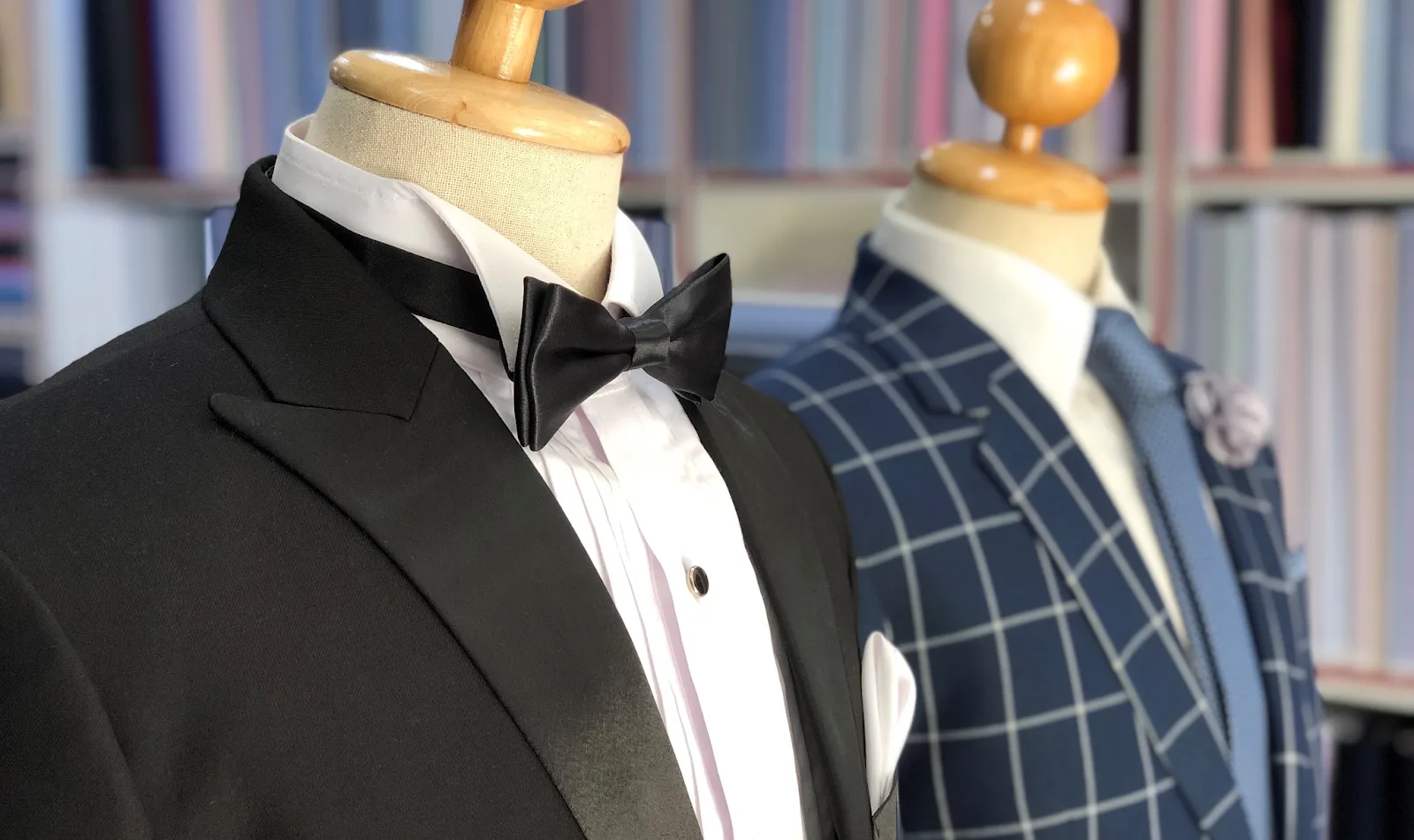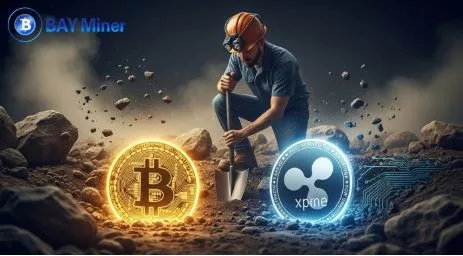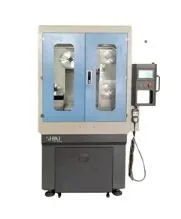The Rise of Sustainable Fashion: How Modern Brands Are Reshaping the Industry
The fashion industry stands at a pivotal crossroads. As environmental consciousness permeates boardrooms and consumer decisions alike, sustainable fashion has evolved from a niche movement to a fundamental business imperative. Today’s discerning professionals and business leaders increasingly recognize that their wardrobe choices reflect not just personal style, but also corporate values and environmental stewardship.
Understanding the Sustainable Fashion Revolution
The Economic Case for Sustainability
The global sustainable fashion market, valued at $7.8 billion in 2023, is projected to reach $33.05 billion by 2031, representing a compound annual growth rate of 19.7%. This explosive growth isn’t merely driven by environmental concerns—it’s fueled by solid business logic. Modern executives understand that sustainable practices reduce long-term operational costs, mitigate supply chain risks, and appeal to increasingly conscious consumers who control $2.7 trillion in purchasing power globally.
Smart businesses are recognizing that sustainability isn’t a cost center but a value driver. Companies implementing circular economy principles report average cost reductions of 23% in material expenses while simultaneously enhancing brand equity. This dual benefit explains why forward-thinking brands like jhasperfashion have integrated sustainability into their core business models rather than treating it as a marketing afterthought.
The Technology Disruption
Innovation has become the cornerstone of sustainable fashion. Advanced textile technologies now enable the creation of bio-fabricated materials that rival traditional fabrics in quality while dramatically reducing environmental impact. Blockchain technology ensures supply chain transparency, allowing consumers to verify ethical sourcing claims. Artificial intelligence optimizes production runs, reducing waste by up to 35% compared to traditional manufacturing methods.
These technological advances have democratized sustainable fashion, making it accessible beyond luxury segments. Mid-market brands now leverage these innovations to offer environmentally conscious products without premium pricing, expanding the market beyond early adopters to mainstream professional consumers.
Strategic Implementation in Modern Fashion Brands
Circular Economy Models
Progressive fashion brands are abandoning linear “take-make-dispose” models in favor of circular systems that maximize resource efficiency. This approach encompasses design for longevity, material recovery programs, and innovative business models such as rental and resale platforms. Companies implementing comprehensive circular strategies report customer retention rates 40% higher than industry averages.
The circular economy extends beyond recycling. It requires fundamental redesign of products for durability and modularity, enabling repairs and updates rather than replacement. This philosophy resonates particularly well with professional consumers who value investment pieces that maintain relevance across seasons and trends.
Supply Chain Transformation
Transparency has become non-negotiable in sustainable fashion. Leading brands now publish detailed supply chain maps, carbon footprints, and social impact assessments. This radical transparency builds trust with sophisticated consumers who demand accountability from the brands they patronize.
Modern supply chain management in sustainable fashion involves strategic partnerships with certified suppliers, investment in renewable energy infrastructure, and implementation of water-efficient manufacturing processes. Brands that excel in these areas, such as jhasperfashion, demonstrate that ethical production and commercial success are not mutually exclusive but rather mutually reinforcing.
The Professional Consumer’s Perspective
Value Beyond Price
Today’s business professionals evaluate fashion purchases through a multifaceted lens. Quality, durability, and versatility have become paramount considerations, reflecting a shift from fast fashion’s quantity-over-quality approach. Professional consumers increasingly seek pieces that transition seamlessly from boardroom to business dinner, maximizing utility while minimizing environmental impact.
This sophisticated approach to wardrobe curation aligns with broader lifestyle trends toward minimalism and intentional consumption. The average professional now owns 37% fewer clothing items than a decade ago but invests 23% more per piece, prioritizing timeless design and superior craftsmanship.
Corporate Culture Integration
Sustainable fashion choices increasingly reflect corporate culture and personal brand. Executives recognize that their appearance communicates values to stakeholders, employees, and clients. Companies with strong sustainability commitments report that 67% of their leadership actively seeks brands aligned with corporate environmental goals.
Future Trajectory and Market Evolution
The sustainable fashion movement is entering a mature phase characterized by standardization, regulation, and mainstream adoption. The European Union’s Digital Product Passport initiative, launching in 2026, will require detailed environmental impact disclosure for all fashion products sold in member states. Similar regulations are under consideration in major markets including the United States and China.
These regulatory developments, combined with advancing technology and shifting consumer preferences, suggest that sustainability will become the baseline expectation rather than a differentiator. Brands that fail to adapt risk obsolescence, while those embracing comprehensive sustainability strategies position themselves for long-term success.
Conclusion
Sustainable fashion represents more than an environmental imperative—it embodies a fundamental reimagining of the industry’s value proposition. Modern brands that successfully integrate sustainability into their DNA demonstrate that ethical practices enhance rather than compromise business performance. As professional consumers increasingly align purchasing decisions with personal and corporate values, sustainable fashion transitions from trend to permanent fixture in the modern wardrobe. The question for today’s business leaders is not whether to embrace sustainable fashion, but how quickly they can adapt to this new paradigm.



